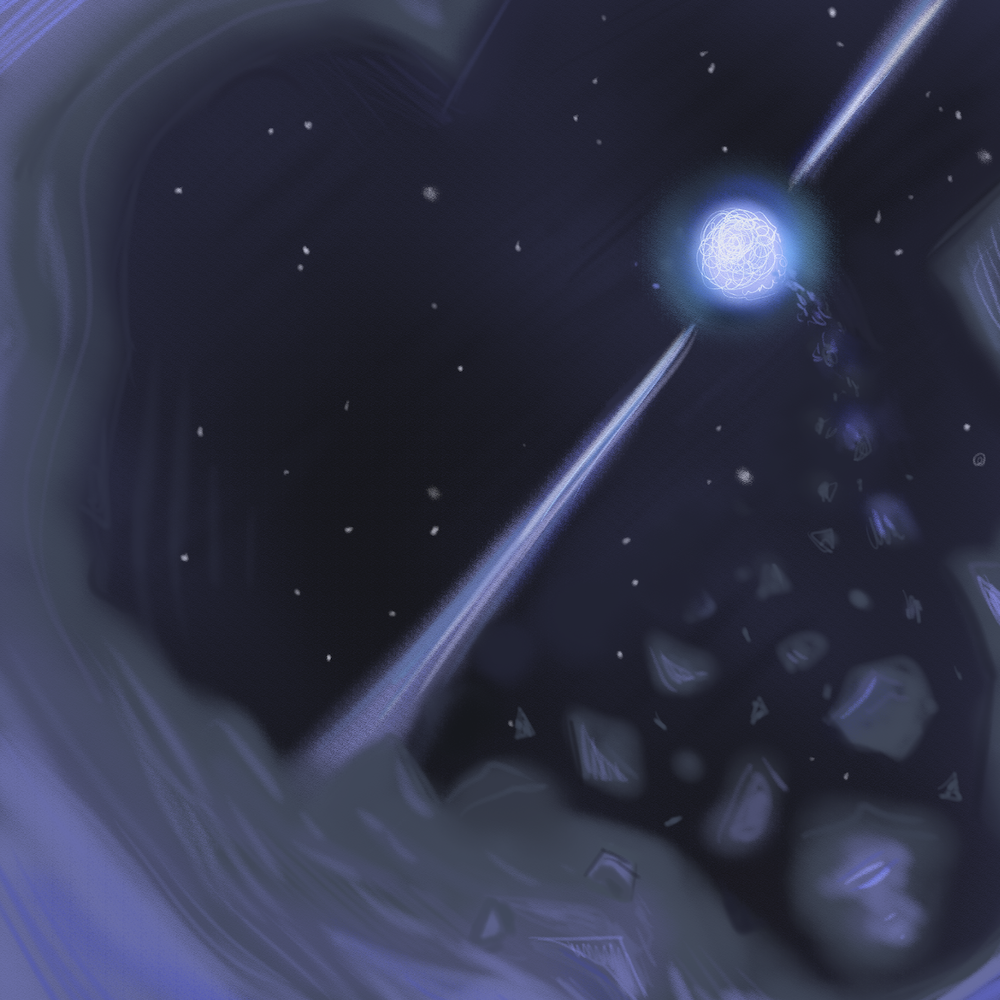- Leter from Dr. Julie Brisset (Principal Investigator of the Arecibo Observatory)13 Sep, 2022
- Arecibo Deputy Principal Scientist to Explore the Cosmos with the JWST02 Sep, 2022
- Letter from the Director22 Aug, 2022
- Piercing through the Clouds of Venus with Arecibo Radar17 Aug, 2022
- Summer greetings from the Facilities and Operations Team!17 Aug, 2022
- Arecibo Observatory at the Small Bodies Assessment Group12 Aug, 2022
- Meet the 2022 Arecibo Observatory REU students!11 Aug, 2022
- Meet Luis R. Rivera Gabriel, Research Intern in the Planetary Radar Group09 Aug, 2022
- Updates from the 2022 CEDAR Workshop in Austin, TX09 Aug, 2022
- Insights into the AAS Conference from AO Analyst Anna McGilvray08 Aug, 2022
- American Astronomical Society’s 240th Meeting: Plenary Lecture Building the Future of Radio Science with the Arecibo Observatory by Dr. Héctor Arce. 28 Jul, 2022
- TRENDS 202227 Jul, 2022
- Advancing IDEA in Planetary Science 27 Jul, 2022
- The Arecibo Observatory: An Engine for Science and Scientists in Puerto Rico and Beyond27 Jul, 2022
- Cryogenic Frontend work for the 12m telescope entering phase II21 Jul, 2022
- Remote Optical Facility Updates20 Jul, 2022
Arecibo Hunts Down “Spider” Pulsars
Byadmin24 March 2021 Astrophysics

| Astrophysics |
Spiders in space?
“Black widows” and “redbacks” were among the eight binary millisecond pulsars (MSPs) “spiders” discovered during a sensitive search using the Arecibo Observatory (AO), as reported in The Astrophysical Journal in March, 2021.
MSPs are highly magnetized remnants of dead stars that spin on their axes in less than 10 milliseconds. Energetic beams of electromagnetic radiation (light) are released from their magnetic poles, which can then be detected by sensitive telescopes like AO.
In the new study, scientists used AO to search regions associated with high-energy gamma rays and ultimately discovered eight MSPs that are in orbit with another star. Five of those binary MSPs discovered during the search are dubbed spiders because of the way the pulsar slowly destroys its companion object.
“Redback and black widow binary pulsars have orbital periods of just a few hours, and the intense particle wind of the pulsar gradually ablates the companion star,” explains lead author of the study Dr. Julia Deneva, a researcher at George Mason University and resident at the Naval Research Laboratory. “In binaries with such short orbital periods the two stars are very close together and interact in ways that don't happen in binaries with wider orbits.”
Detecting and understanding these systems is difficult because one component of the binary can block, or eclipse, the other one for a significant portion of their orbit, distorting the otherwise persistent beam of light emitted from the pulsar.
This is why it was necessary to use the Arecibo Observatory to search for these objects.
Dr. Deneva, who worked at Arecibo Observatory from 2009 - 2013, explains, “For the best chance of finding binary pulsars, we need to be able to detect the weakest sources possible within the shortest observing time possible.”
Although other facilities could increase their sensitivity to weak cosmic signals by observing for longer periods of time, these unique spiders are moving so fast in their orbits that their Doppler shift would make them harder to detect. “After a certain point, upping the observing time actually hurts sensitivity to binary pulsars instead of helping,” says Dr. Deneva. The high sensitivity of Arecibo made these detections feasible.
From their observations, the team was able to deduce the orbital periods and masses of the companion objects. In the redback spider system that was discovered, the companion is 30% the mass of our Sun, whereas the companion objects of the three black widows were less than half of one percent of the Sun’s mass. They also found a rare middle-ground case between the spider pulsar types that was low mass but still caused a significant eclipse.
This project is a part of a larger effort carried out by the Fermi Pulsar Search Consortium (PSC), which has already discovered 107 new pulsars in regions with gamma rays emanating from unidentified sources.
Dr. Deneva and her team want to continue to observe MSPs in newly discovered Fermi sources to learn more about the unique properties of close binary pulsars. She adds, “This is also necessary to evaluate them for possible inclusion in pulsar timing arrays aimed at detecting gravitational waves”.
The study also compared the detection rate of millisecond pulsars within regions with unidentified gamma-ray sources to those found elsewhere in the universe.
“There are a number of selection biases due to the different search parameters used in historic and modern non-targeted surveys, and targeted surveys like the one we did with Arecibo,” says Dr. Deneva. “But there are new algorithms being developed that we can use on old data to see if we may have missed some binary pulsars with very short orbital periods in the past.”
|
Article written by Dr. Tracy Becker - AO Collaborator / SwRI Research Scientist
Contact: tbecker@swri.edu |
Head of the Astronomy Dept. |
Keywords: arecibo, observatory, black, widows, spiders, pulsars, astronomy, deneva, msp,

